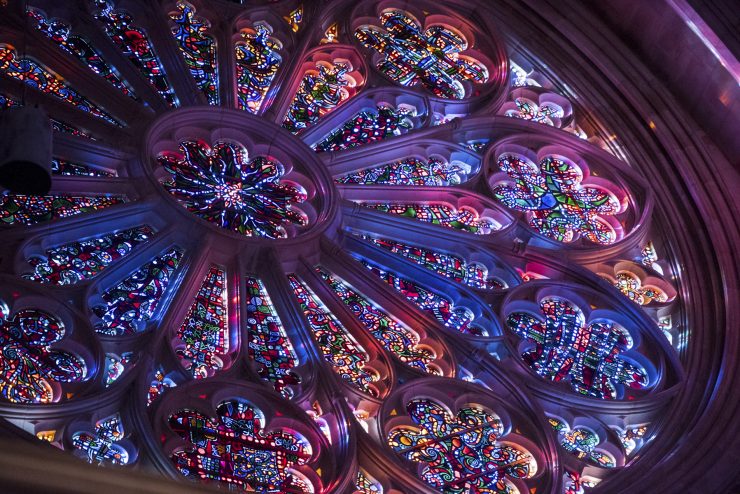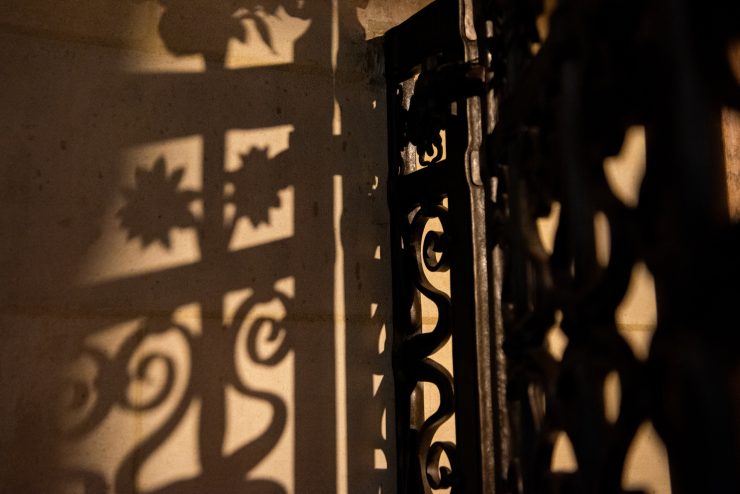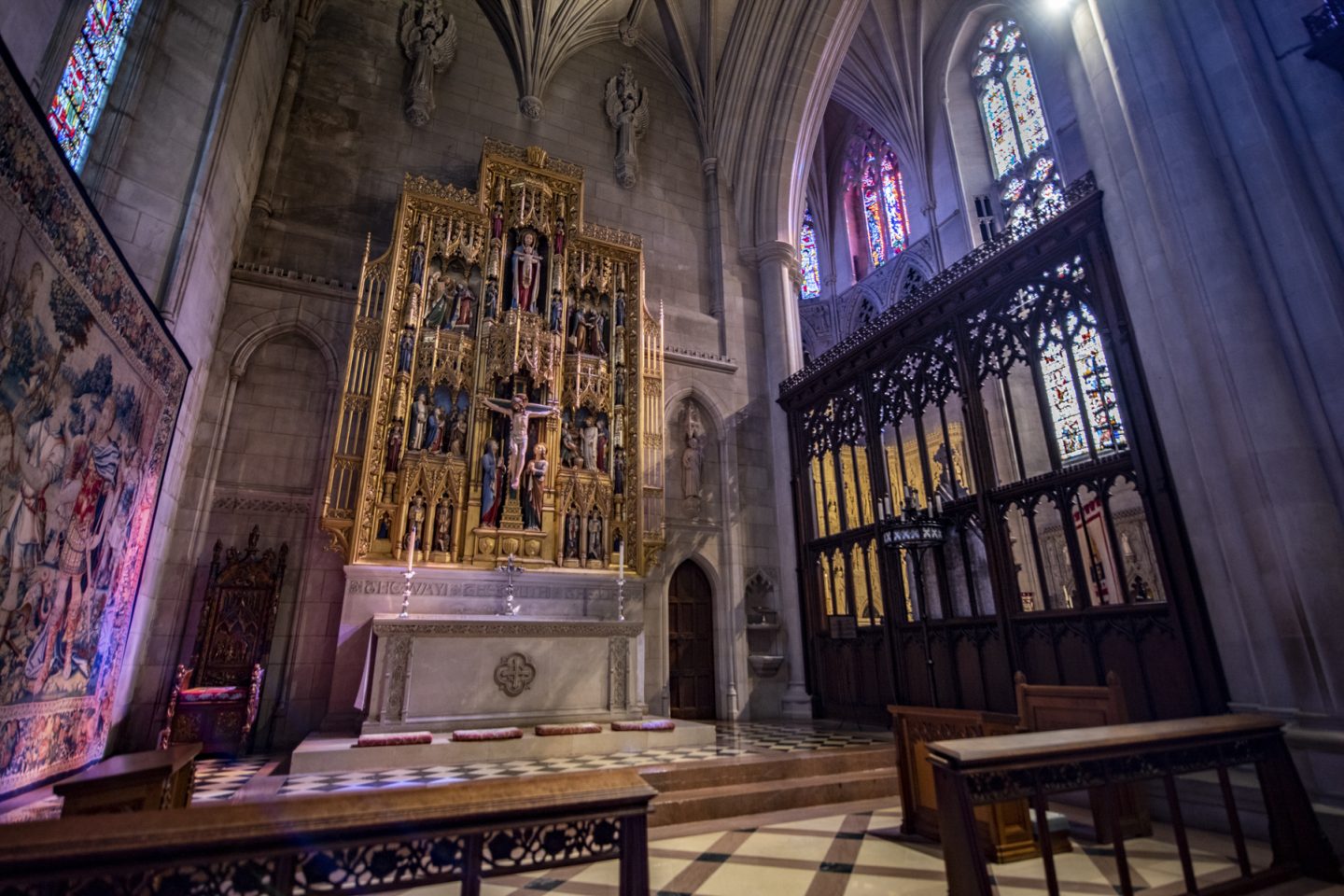
Art & Architecture
Here at the world’s sixth-largest Cathedral, you can marvel at old-world artisanship and explore incredible details of art and architecture.
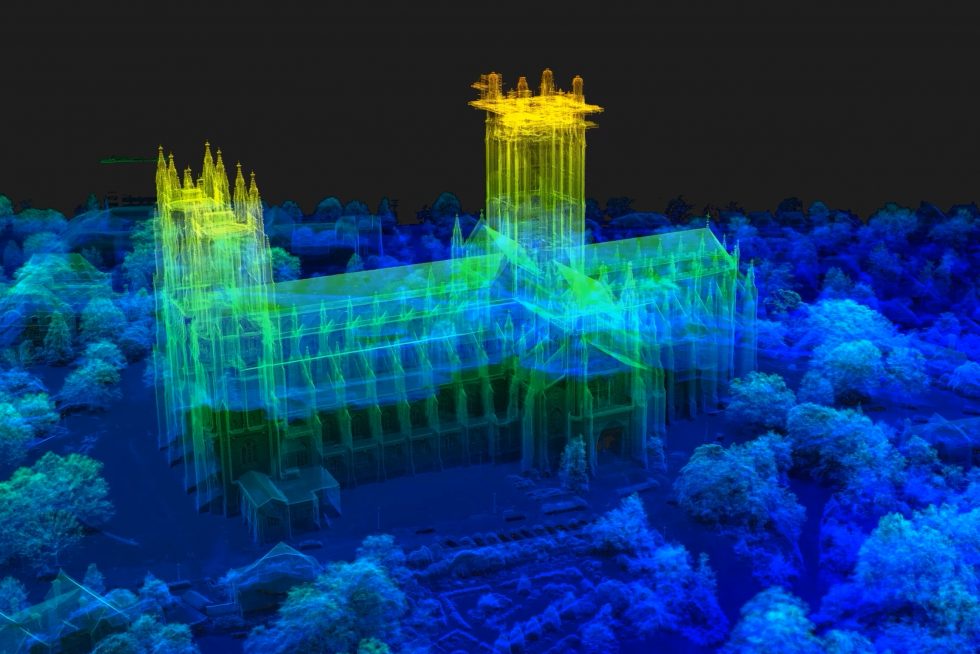
All-New 3D Architecture Experience
virtual tour
Wander through the magnificent nave, examine the intricate carvings of the high altar, see the curiosities of crypt-level chapels, and virtually touch some of the Cathedral's most beloved features from the Space Window's moon rock to the vaulted ceilings.
explore now
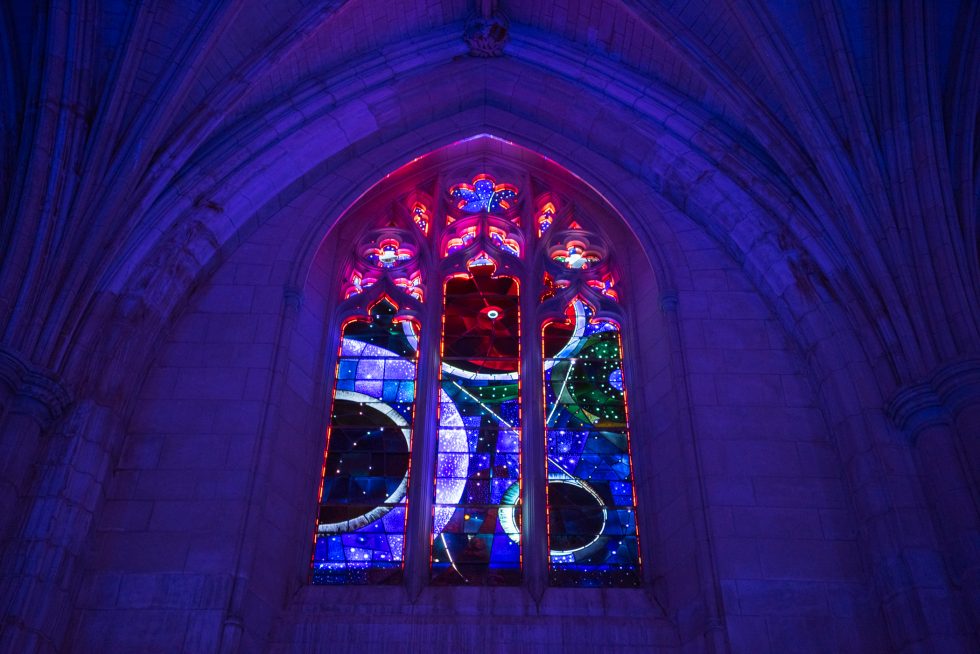
All About the Space Window
special feature
The Scientists and Technicians Window—better known as the Space Window—is perhaps the Cathedral’s best-known stained glass window. Take a deep dive into the history and artistry of the window that (yes!) contains a real moon rock!
journey to space

